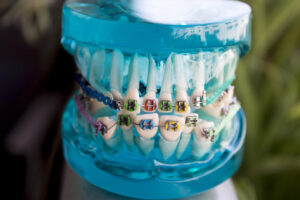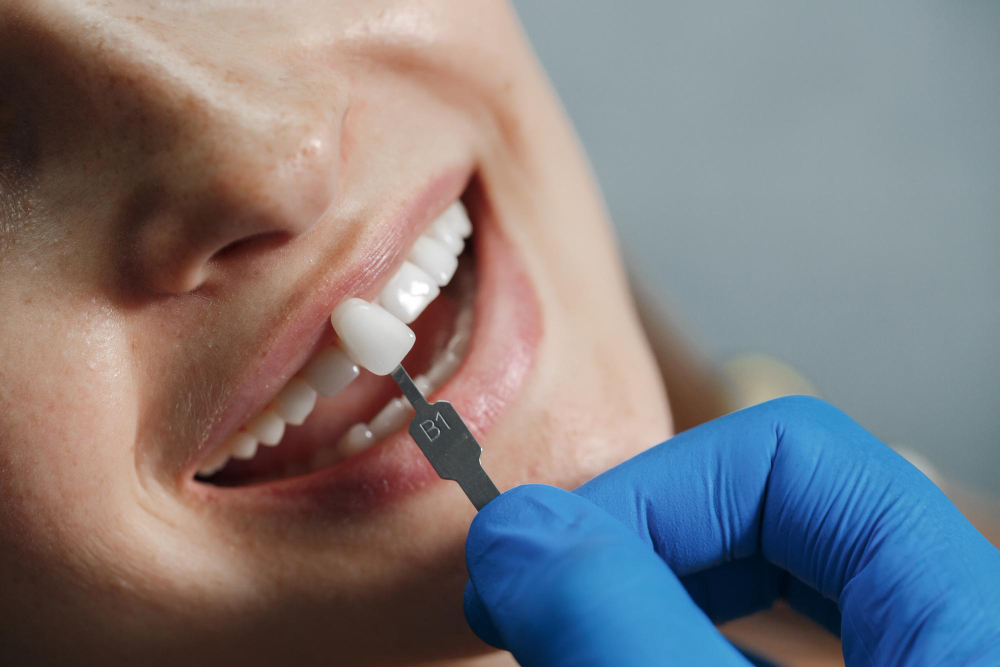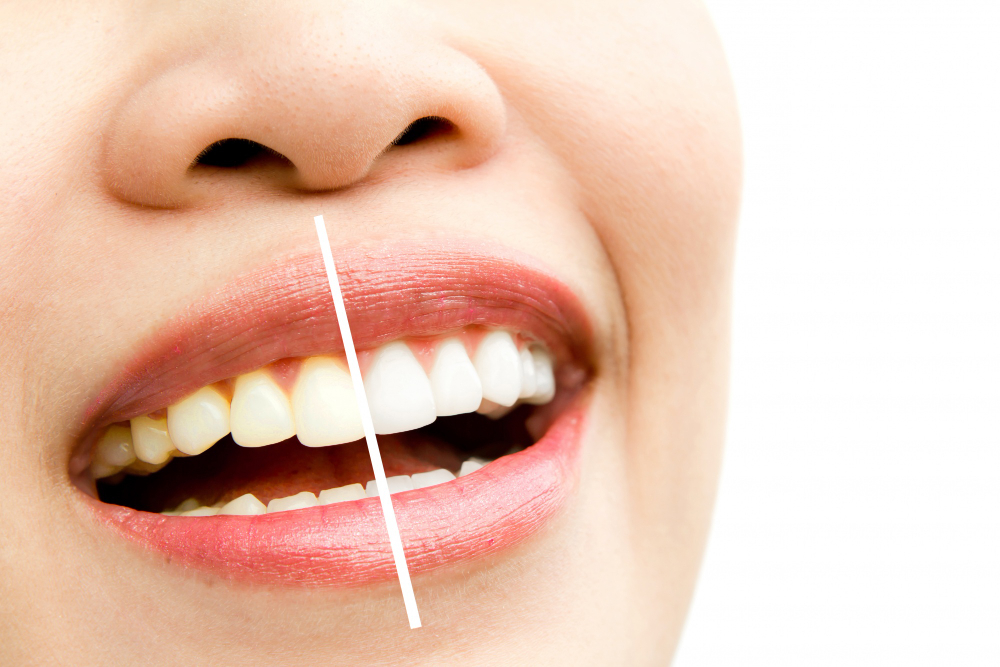Choosing between Invisalign and traditional braces is one of the most important decisions you’ll make for your smile. While both treatments can effectively straighten your teeth, the cost difference between these two popular orthodontic options can significantly impact your decision. Understanding the full financial picture, including treatment prices, insurance coverage, and long-term value, will help you make an informed choice that fits both your dental needs and your budget.
Understanding the Basic Price Range
When comparing the two treatments, traditional metal braces typically range from $3,000 to $7,000 for a complete treatment plan. Invisalign clear aligners generally cost between $3,000 and $8,000, though this range can vary considerably based on the complexity of your case and your geographic location.
The overlap in pricing might surprise you. Many people assume that Invisalign is always more expensive, but that’s not necessarily true. The final cost depends on multiple factors including your specific orthodontic needs, treatment duration, your dentist or orthodontist’s experience, and where you live. In some cases, Invisalign can actually cost less than braces, particularly for minor corrections.
What Influences the Cost of Braces?
Traditional braces come in several varieties, and your choice will significantly affect the price. Metal braces are the most affordable option and remain highly effective for even the most complex cases. Ceramic braces, which use tooth-colored brackets for a less noticeable appearance, typically cost $1,000 to $2,000 more than metal braces.
Lingual braces, which are attached to the back of your teeth, are the most expensive traditional option, sometimes costing $8,000 to $10,000 or more. These are rarely chosen solely for cost reasons, but rather for their completely hidden appearance.
The severity of your orthodontic issues plays a major role in determining cost. Simple cases involving minor crowding or spacing might require only 12 to 18 months of treatment, while complex cases involving severe misalignment, bite issues, or jaw problems could require two to three years or more. Longer treatment times mean more adjustments, more visits, and ultimately higher costs.
Geographic location also matters significantly. Orthodontic treatment in major metropolitan areas or coastal cities tends to cost more than in rural or suburban areas. The cost of living, office overhead, and local market competition all influence pricing.

What Drives Invisalign Pricing?
Invisalign pricing follows a similar pattern but with some unique considerations. The company offers different product tiers designed for varying levels of complexity. Invisalign Express is designed for minor corrections and uses fewer aligners, typically costing $2,000 to $3,500. Invisalign Lite handles moderate cases and generally ranges from $3,500 to $5,000. Invisalign Full, for comprehensive treatment, typically costs $4,000 to $8,000.
The number of aligners you’ll need directly impacts cost. A simple case might require 12 to 20 aligners, while complex cases could need 40 or more. Each aligner is custom-manufactured using advanced 3D imaging technology, which contributes to the overall expense.
Your orthodontist’s experience with Invisalign also affects pricing. Providers are ranked by the number of cases they’ve completed, with Elite or Diamond providers often charging premium rates. However, their expertise can lead to better results and potentially shorter treatment times, which may offset higher fees.
Technology costs factor into Invisalign pricing as well. The iTero scanner used to create digital impressions, the proprietary software that maps your treatment plan, and the precision manufacturing process all contribute to the cost structure.
Insurance Coverage: The Great Equalizer
Dental insurance can significantly reduce your out-of-pocket expenses for either treatment option. Most dental insurance plans that include orthodontic coverage treat Invisalign and braces similarly, typically covering $1,000 to $3,000 of treatment costs.
However, coverage isn’t universal. Many adult dental plans don’t include orthodontic benefits at all, as these are often considered separate from standard preventive and restorative coverage. Children’s plans are more likely to include orthodontic benefits, though lifetime maximums apply.
The age at which treatment begins can affect coverage. Some insurance plans only cover orthodontic treatment for patients under 18 or 19, while others extend coverage to adults. Reading your specific policy details or speaking directly with your insurance provider is essential to understanding what’s covered.
Insurance companies typically require that treatment be deemed medically necessary rather than purely cosmetic. Severe overbites, underbites, crossbites, or significant crowding that affects oral health are more likely to receive full coverage than minor aesthetic adjustments.
Payment Plans and Financing Options
Most orthodontic offices understand that the full cost of treatment is difficult to pay upfront, so they offer various payment arrangements. Interest-free payment plans are common, allowing you to spread the cost over 12 to 24 months with no additional fees beyond the quoted treatment price.

Third-party financing through companies like CareCredit, LendingClub, or Alphaeon Credit offers longer payment terms, sometimes 36 to 60 months. These plans may include promotional periods with zero interest, but it’s crucial to understand the terms. If you don’t pay off the balance within the promotional period, deferred interest may be applied retroactively to your original balance.
Many practices offer discounts for paying in full upfront, sometimes saving you 3% to 5% of the total treatment cost. While this requires significant capital, it can result in meaningful savings over time.
Flexible Spending Accounts (FSAs) and Health Savings Accounts (HSAs) can be used for orthodontic treatment, allowing you to pay with pre-tax dollars. This effectively reduces your treatment cost by your marginal tax rate, offering savings of 20% to 35% depending on your tax bracket.
Hidden Costs to Consider
Both treatment options come with expenses beyond the quoted price. With traditional braces, emergency visits for broken brackets or poking wires may incur additional fees, typically $25 to $100 per incident. Some practices include these in the treatment cost, while others charge separately.
Retainers are essential after any orthodontic treatment and represent an ongoing cost. Fixed retainers bonded behind your teeth might cost $200 to $500, while removable retainers typically run $150 to $300 per arch. These may need replacement over the years if lost or damaged.
For Invisalign, replacement aligners for lost or damaged trays typically cost $100 to $200 per set. While most treatment plans include a few replacement sets, additional replacements require out-of-pocket payment. Cleaning supplies, including specialized cleaning crystals or tablets, add another $50 to $100 annually.
Treatment Duration and Cost Efficiency
The length of your treatment affects not just the total price but also the cost-per-month value proposition. Braces typically require 18 to 36 months of treatment, while Invisalign averages 12 to 18 months for moderate cases. This shorter treatment time with Invisalign can mean fewer office visits and potentially lower overall costs, though this isn’t guaranteed.
However, treatment duration depends heavily on patient compliance. With braces, the treatment progresses automatically because you can’t remove them. Invisalign requires wearing aligners 20 to 22 hours daily. Patients who don’t comply with wear-time recommendations may need extended treatment, additional aligners, and ultimately higher costs.
Office visit frequency differs between treatments. Braces typically require adjustments every four to eight weeks, while Invisalign patients might have check-ins every six to ten weeks. Fewer appointments can mean less time away from work or school, which has its own economic value.
Long-Term Value Considerations
When comparing costs, consider the long-term value beyond the initial treatment. Traditional braces have decades of proven results and can address virtually any orthodontic issue. For severe misalignment or complex bite problems, braces might be the only truly effective option, making their cost non-negotiable.
Invisalign offers significant lifestyle advantages that some patients find invaluable. The ability to remove aligners for important events, easier oral hygiene maintenance, and no dietary restrictions contribute to quality of life during treatment. For working professionals or those in public-facing roles, the discrete appearance may justify a higher price.
Treatment refinements should also be considered. Some Invisalign packages include unlimited refinements within a certain timeframe, ensuring optimal results even if initial projections are off. With braces, refinements are typically built into the treatment plan, but extended treatment time might incur additional charges.

Making Your Decision
Ultimately, the cost comparison between Invisalign and braces isn’t just about the dollar amount. It’s about value, lifestyle fit, and clinical appropriateness for your specific situation. A $6,000 Invisalign treatment that fits seamlessly into your life might offer better value than $4,000 braces that cause ongoing discomfort or self-consciousness.
Schedule consultations with multiple orthodontists or dentists who offer both treatments. Many provide free initial consultations where they’ll examine your teeth, discuss treatment options, and provide detailed cost breakdowns. This allows you to compare not just prices but also treatment philosophies and office environments.
Ask specific questions about what’s included in the quoted price, what insurance coverage you can expect, payment plan options, and policies on emergency visits or replacements. Understanding the complete financial picture prevents surprises down the road.
Remember that orthodontic treatment is an investment in your oral health, confidence, and overall well-being. While cost is an important factor, it shouldn’t be the only consideration. The right treatment is one that you can afford, that fits your lifestyle, and that will effectively address your specific orthodontic needs.
Both Invisalign and traditional braces have helped millions of people achieve beautiful, healthy smiles. With proper planning, insurance utilization, and payment arrangements, either option can fit into most budgets. The key is understanding all your options and choosing the treatment that offers the best combination of results, convenience, and value for your unique situation.






